HISTORY OF LIFE
October 30, 1911

Wanda Błeńska, maiden name Brunsz, daughter of Teofil and Helena is born in Poznań. More...
December 9, 1911
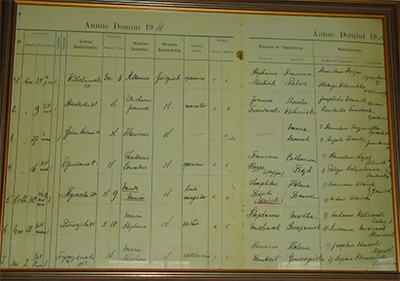
At the christening in the St. Martin's church in Poznań, she receives the names of Wanda Maria.
1912

Due to the poor health of her mother, the Błeński family moves to Puszczykowo near Poznań.
February 1, 1913

Death of Helena Błeńska.
1920-1928

Wanda attends the Female Junior High School in Toruń. First Communion and the sacrament of Confirmation in the parish of Saint Jacob in Torun.
May 25, 1928
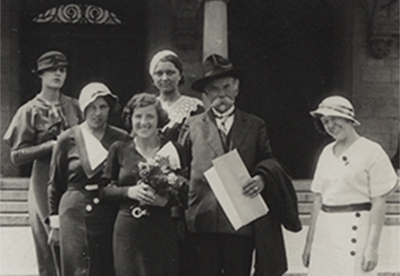
Wanda Błeńska passes the matura exam.
1928
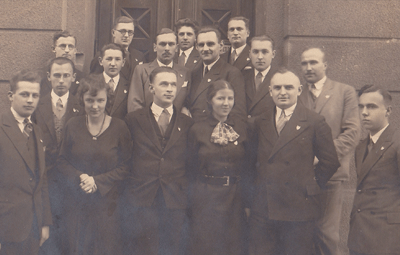
Wanda Błeńska returns to Poznań and begins her studies at the Faculty of Medicine at the University of Poznań. She also starts her activity in the Academic Missionary Circle. More...
November 1-3, 1929

The Congress of Delegates of the Academic Mission Societies takes place in Cracow. At the request of Tadeusz Fedorowicz from Lviv, Wanda Błeńska is appointed to the Main Board of Missionary Groups in Poland.
November 6-11, 1930
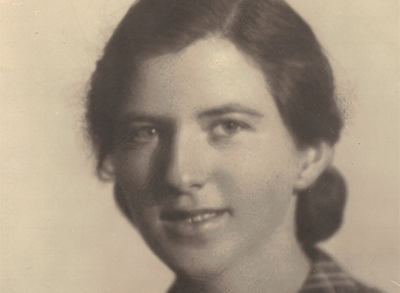
Wanda Błeńska participates in the International Academic Mission Congress in Ljubljana.
February 1931
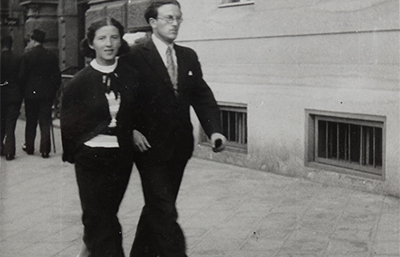
At the initiative of prof. Adama Wrzoska, at the Academic Missiological Circle, a Section of Medical Aid is established, in which Wanda Błeńska is active. The task of the Section is to collect medicines and dressings for medical and missionary stations in China.
1928-1934

Wanda works in "Annales Missiologicae", the first missionary magazine in Poland, positions from the packer to the editor (she performed this function in the years 1930-1934).
June 20, 1934
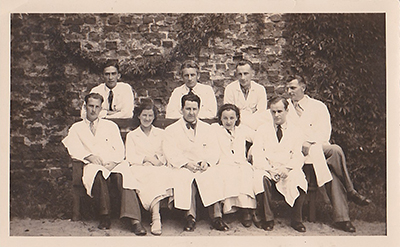
She graduates from the Faculty of Medicine at the University of Poznań.
1934
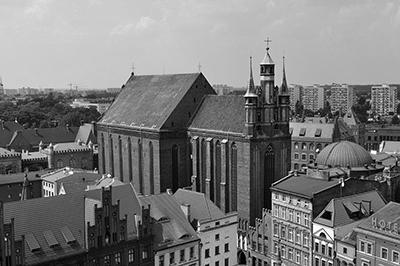
She works at the Hospital in Toruń, while doing her training at the interns, gynecology and surgery. She becomes a member in Torun’s branch of the Doctors Association of the Polish State.
1936

She takes up a job at the National Institute of Hygiene (PZH) in Toruń, she carries on (with a short break) until 1945.
1939
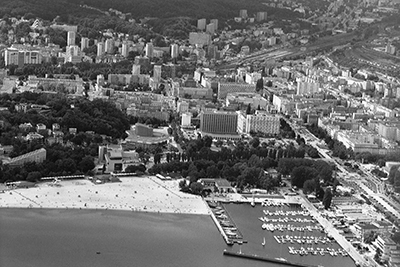
She moves to Gdynia. She serves sick people at the Maritime Hospital in Gdynia.
October, 1939

She returns to Toruń to continue her work for the National Institute of Hygiene as a laboratory technician.
1940
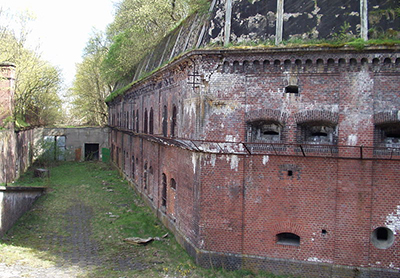
She gets involved in conspiratorial activities. She passes food, underwear and correspondence to prisoners (Polish soldiers) at forts in Glinki (Toruń).
June 30, 1942

Wanda’s father, Teofil Błeński, dies in Toruń.
October 13, 1942
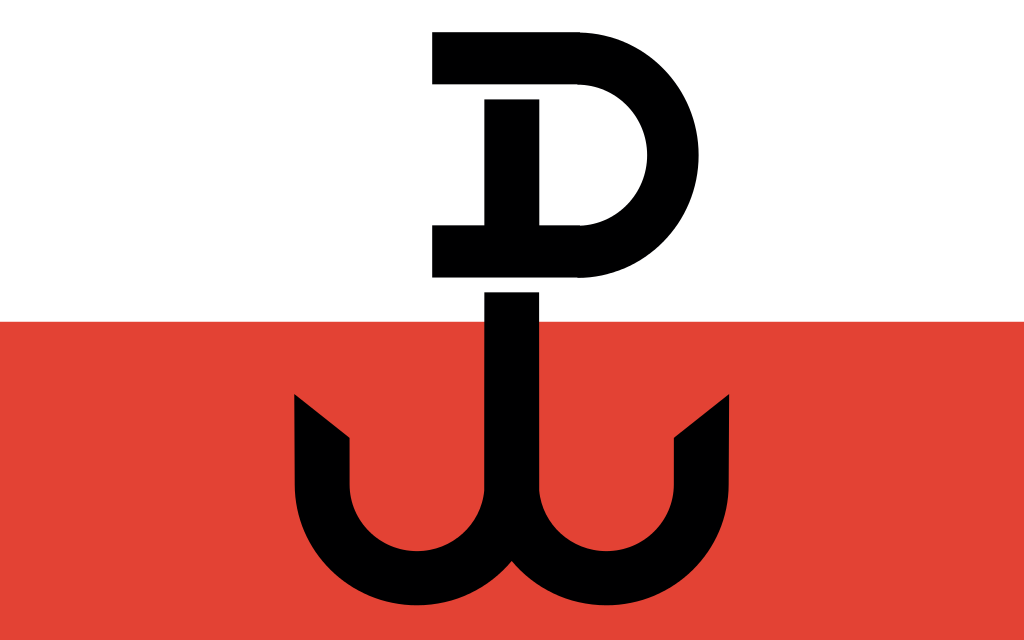
Wanda joins the ranks of the National Army in the district of Pomorze-Puszcza Tucholska, in the Toruń region. She works under the pseudonyms of "Szarotka" and "Grażyna". She also becomes a member of the secret military organization "Gryf Pomorski" and the commander of the female branch.
June 23, 1944

On the name day, she is arrested for conspiratorial activities and imprisoned in Toruń, and then in Gdańsk, where she is bought by "Gryf Pomorski". August 29, 1944 she is released and returns to Toruń. More...
1945

After the war, she works as a director at the Hospital in Toruń. She takes a job at the National Institute of Hygiene in Gdańsk, where she conducts lectures on bacteriology and hygiene for the nursing school operating at the Medical Academy. She takes the position of the Manager of Bacteriology and Serology Department of PZH.
November 9, 1946

She illegally gets to Germany to a seriously ill brother Roman, sailing on a ship – hidden in a compartment for coal. She comes to Lübeck without the possibility of returning to the country. She joins the ranks called "Pestek" in Germany – the Second Auxiliary Battalion of the Military Women's Service in the division of General Stanisław Maczek. She starts her work at the UNRR hospital, and then at the Polish military hospitals in Germany (Papenburg-Ems and Lastrup).
April 15 – May 22, 1947
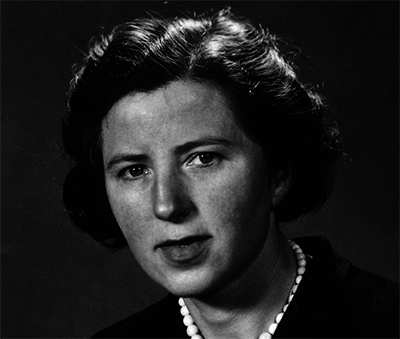
She takes a course in tropical medicine for doctors in Hamburg.
1947
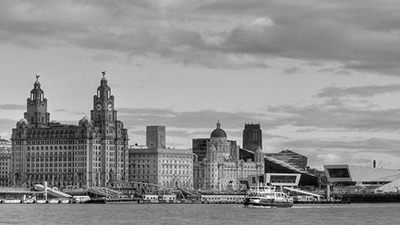
She moves to England. Until 1950 she serves sick people in Polish military hospitals (Ontario Camp, Haydon-Park). She works as a Laboratory Manager at the XI military hospital in Didington. She works also at the county hospital Billericay-Essex near London.
1948

Wanda Błeńska is taken to the Royal Society of Tropical Medicine and Hygiene in London. She completes the course of tropical medicine and hygiene in Liverpool, receiving a diploma from the Institute of Tropical Medicine and Hygiene at the University of Liverpool.
1950
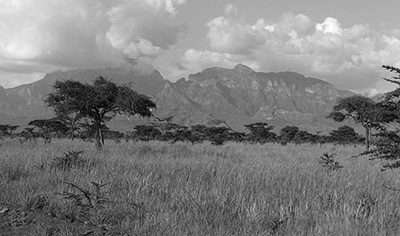
She receives an invitation from the bishop in Mbarara to work in Uganda. In four days she had to make a decision and sort out all the formalities related to the trip.
February 9, 1950
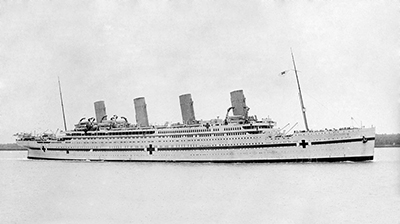
Wanda Błeńska leaves Great Britain and starts fulfilling her biggest dream – she goes on a mission. More...
March 11, 1950
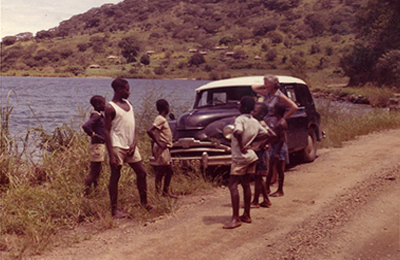
She reaches Uganda through Mombasa and Kampala to Fort Portal.
1950
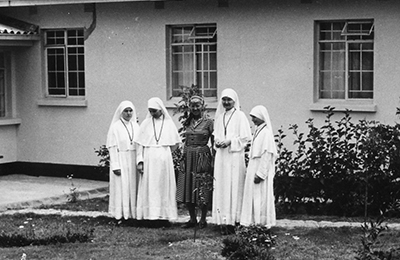
While waiting for the construction of a leprosarium, she works at the White Sisters hospital in Fort Portal.
1951

From January 2, she begins a few months practice at the leper care centers in Nyenga and Buluba located at the Victioria Lake. More...
April 24, 1951

She moves to Buluba because the construction of a leprosarium in Fort Portal does not happen.
April 25, 1951
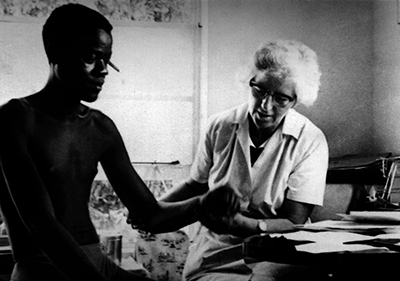
Wanda Błeńska officially becomes a doctor of lepers in Buluba at the mission of the Franciscan Sisters for the Mission in Africa from Ireland, she is also obliged to look after the clinic in Nyenga, which is 50 km away. She is the first and only doctor working in the mission, which forces her also to perform treatments and surgeries that go beyond her specialization. More...
1952

In makeshift conditions, without a laboratory, she decides to take care of histology – examining sections of lepers' skin in order to establish among others the activity of leprosy.
October 1952
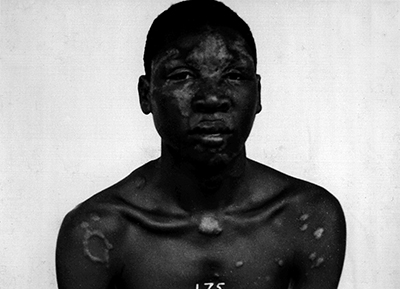
A visit of leprologists from London led by Dr. Cochran, who – being under impression of ingenuity of Dr Błeńska's work – promises to send money for the laboratory and expansion of hospital.
January 1953

Expansion of hospital thanks to cash sent from England. More...
October 1953

Dr Błeńska participates in the leprologists' congress in Spain. She spends there about 10 weeks. She visits leprosarium in Madrid and Fontilies.
1956
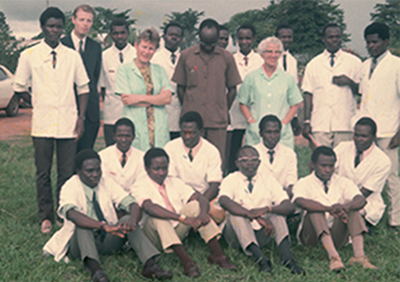
She initiates the establishment of a training center in Buluba (Leprosy Asistent's Training Course). It is occupied by doctors, medical assistants, nurses and medical students. She also teaches at nursing schools in Rubaga, Jinja, Mengo, Nsambia, Kampala, Mulago and at the medical school in Mbale.
1957
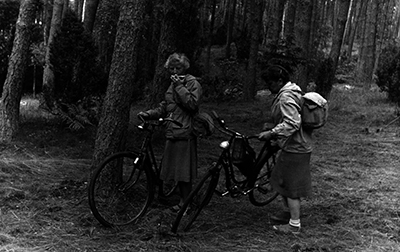
She spends her first holiday in Poland.
April 23, 1965
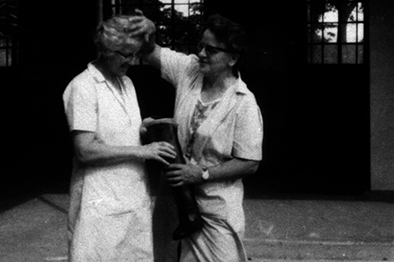
Janina Bartkiewicz comes to Uganda. She works as a physiotherapist and specialist in orthopedic footwear.
1966
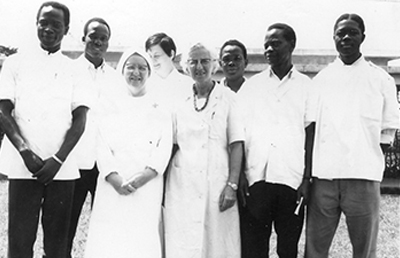
Wanda Błeńska begins a series of lectures at the University of Medicine in Kampala (Makarere University Medical School). She cooperates with research units in Amsterdam, London, and Borstel. She is involved in researches and work on obtaining mycobacterial vaccine.
February 19, 1966
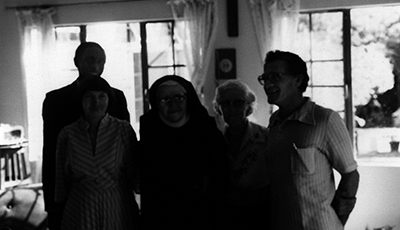
Opening of a new hospital in Buluba. Over the next few decades, co-workers from Poland such as dr. Bohdan Kozłowski, Wanda Marczak-Malczewska, dr Elżbieta Kołakowska, dr Henryk Nowak, dr Krystyna Darska- Litwińska and Janina Paskowa and dr hab. Zofia Florczak will come here.
1973
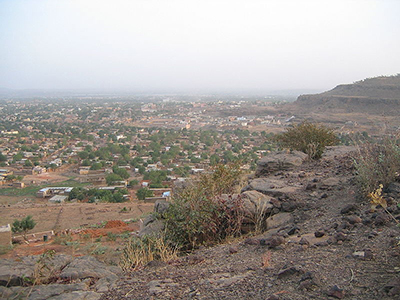
Wanda Błeńska spends a month at the Institute in Bamako in Mali, where she learns to perform a nerve surgery.
1978-1984
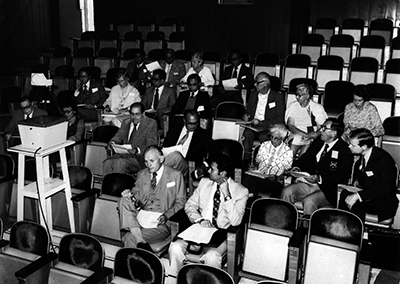
She participates in international congresses and courses, including the one in Mexico, Bergen, The Hague, Paris, London, Carville, New Delhi. During her entire stay in Uganda she also travels to various African countries: Ethiopia (three times, including Bizidimo – leper treatment center with a school and Addis Abeba – a training hospital for lepers), Kenya, Sudan, Tanzania, Rwanda and Burundi.
1983

Dr Błeńska hands over the management of the center in Buluba, to dr. Joseph Kawuma, a doctor from Uganda, filling the function of Doctor Consultant up to 1992.
1986-1987

She spends nine months in India at Father’s Marian Żelazek SVD at the lepers treatment center in Puri. She also spends a week in Calcutta at Mother’s Teresa.
1992

Wanda Błeńska returns to Poland. It turns out, however, that this is not a final return. Until 1994, she will be moving between Poland and Uganda to finally settle in Poznan (August 1, 1994). She will visit Uganda after 12 years, in 2006.
February 1993

She arrives to Uganda to participate in a meeting with John Paul II during his pilgrimage to Africa. The Pope calls Wanda Błeńska the "ambassador of the missionary laity".
April 1993
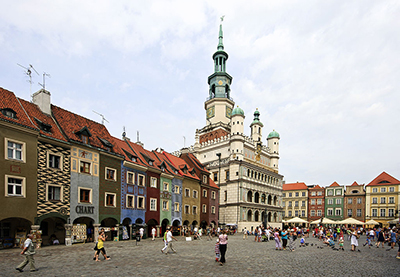
Wanda Błeńska returns permanently to Poland. Despite her old age, she participates in the missionary life of the Church for the rest of her life. Up to the age of 93 she lectures at the Mission Formation Center in Warsaw. In 2003, the Laity Institute of Mission at the Episcopal Commission for Missions was named after her. Wanda Błeńska participates in missionary conferences and symposia, she visits schools and pastoral ministries. She cares about organizing medical and financial support for missionaries. She personally gives financial support to the missions. She becomes one of the initiators of the “Redemptoris Missio” Humanitarian Aid Foundation and an honorary member of the Foundation Council.
June-July 1994

She visits Buluba. She participates in the 60th anniversary of the Franciscan Sisters work for the Mission in Africa on the Ugandan soil (1934-1994). The Training Center in Buluba (Buluba Leprosy Center) takes the name after Wanda Błeńska (Wanda Blenska Training Center).
August 1, 1994

She settles in Poznań.
2006

The last trip to Uganda.
November 27, 2014
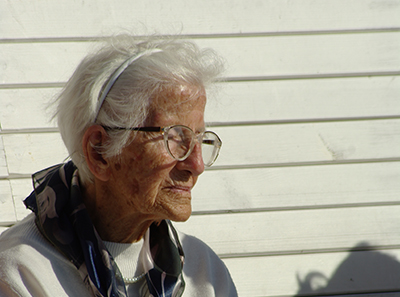
Wanda Błeńska dies at the age of 103.
December 3, 2014
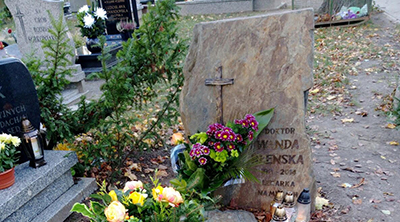
Funeral Mass at the Poznan Cathedral and the funeral at the historic cemetery in Poznan, Nowina Street.